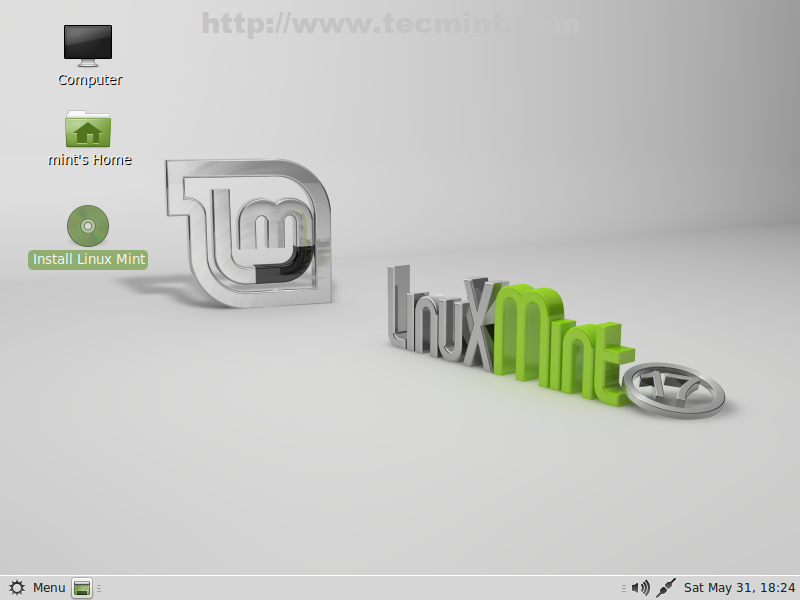Install Packages On Linux Mint
Written by: Score: 18 votes: 22 Format: Article Install.rpm Packages Linux Mint Support only deb package installation, If you have some software in rpm package you can install it in Linux Mint easily. To install open Terminal (Press Ctrl+Alt+T) and copy the following command in the Terminal:. sudo apt-get install alien dpkg-dev debhelper build-essential Now convert package from RPM format to DEB format, use the following command. Change your packagename in command:.
sudo alien packagename.rpm To install the deb package enter following command:. sudo dpkg -i packagename.deb Tags: rpm packages, rpm, install rpm Created: 5 years ago.

Last edited: 5 years ago. Reviewed: 5 years ago. Read 0 times. Comments 3 years ago thanx 5 years ago Good old alien. Thanks for the tutorial. 5 years ago Hi!
Please use the forum for support, no one will see your post here: 5 years ago Hi there, I am a newbie and am having a bit of trouble installing.rpm packages. The system says Alien is installed but I can't find it and do not know how to execute it. I need to install 'iscan-2.28.1-3.i386.rpm' to get my scanner to work as the OS does not read the scanner. It's an Epson Perfection V33. Can you possibly advise please?
Other tutorials from crismblog.
Linux users install most of their software directly from a centralized package repository managed by their. This is a convenient, one-stop shop place to get your software—but what if the repository doesn’t have the program you need, or you want a newer version?


Linux Mint Software Packages
For Ubuntu and Linux Mint users, that’s where personal package archives come in. PPAs depend on the Apt package manager created by Debian. Due to their success, it’s no surprise Debian’s new project leader. Personal package archives explained Usually just abbreviated to “PPA,” a personal package archive is just another little software repository you can add to your system. It generally contains many fewer packages than the tens of thousands included in big repositories. PPAs can contain new packages, new versions of packages, and other unstable packages that will one day be integrated into the main repositories, but aren’t yet.
Install Packages On Linux Mint
They’re hosted by individuals or teams on Canonical’s Launchpad service. PPAs can be used on Ubuntu and Ubuntu-derived distributions, including the standard version of —but not Linux Mint Debian Edition (LMDE). Want to stay up to date on Linux, BSD, Chrome OS, and the rest of the World Beyond Windows? Bookmark the or follow. PPAs aren’t guaranteed to be safe or stable Anyone can open a PPA and host software. On the Launchpad hosting serivce, Canonical goes out of its way to state that PPAs are “not checked or monitored” and that you’ll be installing “unsupported packages from an untrusted PPA.” You have to judge whether a PPA is trustworthy. For example, the Wine PPA we mention below is hosted by Scott Richie, a member of the Ubuntu Community Council.
You can find this information with a few clicks from the PPA page. Adding a PPA to Ubuntu. This isn’t just a risk for PPAs, of course. It’s a concern when adding a third-party package repository from anywhere. It’s also a concern when installing any Linux package or program from the web—or even installing a Windows application from the web.
How to find and add PPAs You may come across a PPA when searching for software you want to install. Or, you may want to hunt one down. You can search a complete list of available PPAs on. For example, search for Wine and you’ll find a variety of different versions of the Wine compatibility software for. The Ubuntu Wine Team hosts a where you can get the latest versions of Wine.
The even officially recommends using this to install the latest version Wine on Ubuntu. Installing Wine from a PPA. Adding a PPA to your system is simple; you just need to know the name of the PPA, which is displayed on its page on Launchpad. For example, the Wine Team PPA’s name is “ppa:ubuntu-wine/ppa”. On, open the Ubuntu Software Center, click the Edit menu, and select Software Sources. Click the Other Software tab and click the Add button. Type ppa:ubuntu-wine/ppa into the box and click Add Source.
On Linux Mint, open the Software Manager, click Edit, select Software Sources, click the PPAs icon, and add a PPA by entering its name. Adding Wine's PPA to Linux Mint. On other Ubuntu desktops, you’ll want to look at your software-installation tool for a list of software sources where you can add more software. If you can’t find such a graphical tool—or if you’d just rather do it from a terminal—you can open a terminal window and run the sudo add-apt-repository ppa:ubuntu-wine/ppa command. Replace ppa:ubuntu-wine/ppa with the name of the PPA.
After you add the PPA, you can install packages from it using your normal software-installation tool—for example, Ubuntu Software Center on Ubuntu’s Unity desktop, Software Manager on Linux Mint, or the apt-get command in a terminal. Those packages will be updated through your desktop’s normal update manager, too.